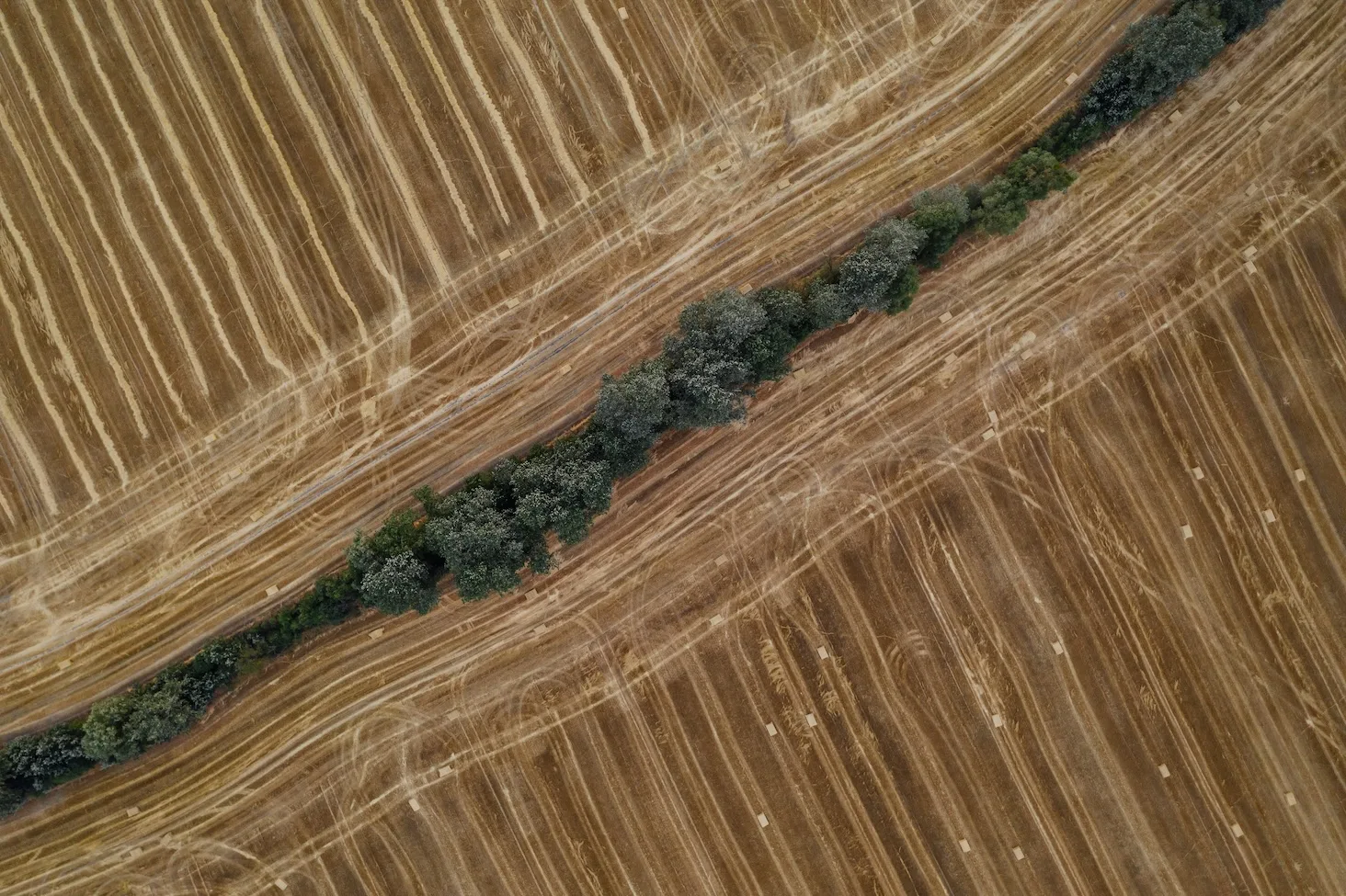For Ukrainians, the red viburnum (kalyna in Ukrainian)—a shrub bearing red-colored berries—holds deep cultural significance, symbolising resistance to foreign dominance and political oppression. Hardy and resistant, the kalyna can withstand the toughest of conditions, which mirrors the resilience and endurance of the Ukrainian people throughout history, particularly through periods of struggle and resistance.
It features prominently in Ukrainian folklore, songs, and poems. It is often used in traditional Ukrainian rituals, such as weddings, and is a common motif in Ukrainian decorative arts and traditional clothing, such as the vyshyvanka, the Ukrainian blouse.
Thus, when the European Institute of Innovation and Technology (EIT) sought a name for its new initiative supporting Ukrainian women, Red Kalyna was a natural choice.
The initiative aims to recognise and promote outstanding Ukrainian female entrepreneurs, educators and mentors, who have developed innovative products or solutions, or have transformed their businesses into innovative ones.
In its inaugural year, the initiative received nominations for 30 Ukrainian women, ultimately selecting nine exceptional finalists. Spanning diverse sectors including health, manufacturing, energy, food, and climate, these women showcase expertise and leadership in their fields.
Marta Kaczmarek leads the Cross-KIC Strategic Regional Innovations in Central, Eastern and Southern Europe, including Ukraine. Cross-KIC projects bring together stakeholders from different industries and so called Knowledge and Innovation Communities of EIT and aim at jointly driving strategic topics to promote European innovation while fostering collaboration and taking advantage of synergies within the EIT ecosystem.
She says that Ukraine has a rich history of innovation and that it has only been strengthened by Russia’s full scale invasion of the country, given that the rest of Europe is now paying more attention to what’s happening in its eastern neighbour.
“And the more we look, the more innovation we find,” Kaczmarek tells Emerging Europe. “The country’s deep tech sector is fueled by a science-based and growing entrepreneurial ecosystem. This can have a significant impact not only on Ukraine, but on the whole European innovation ecosystem. The teams from Ukraine often have outstanding motivation for hard work and learning.”
A beacon of empowerment
In 2023, more than 50 per cent of new entrepreneurs in Ukraine were women. “Of course, the figure may not be entirely representative, taking into consideration that men are focused on the country’s defence,” says Kaczmarek. “However, if you compare the numbers with other parts of Europe it’s impressive and deserves to be placed in the spotlight. Ukrainian women have become a beacon of empowerment for women across Europe and across all sectors.”
Shining a light on Ukraine’s female entrepreneurs is what Red Kalyna is all about.
“EIT can help entrepreneurs in all sorts of ways and one of those is by offering pan-European visibility,” Kaczmarek adds. “Access to markets, networking, consulting services, business mentoring. Last year’s finalists were offered training on intellectual property rights.
“They were provided with training on how to navigate the European innovation ecosystem, especially European grants. How to apply, where to position themselves. These are all tangible things.”
The nine women who made up the 2023 cohort came from a wide range of backgrounds, from start-up founders to scientists and university professors.
“We evaluated the women who were nominated and were looking for those who can be role models for other aspiring female innovators,” says Kaczmarek. “This is an essential part of the programme—showcasing role models who come from different sectors, different corners of the market. The hope is that they will inspire more of innovators from Ukraine—and beyond.”
Red Kalyna will again be looking for inspirational Ukrainian women in 2024, but is this year extending the initiative to include organisations or institutions that support women entrepreneurs.
“Organisations that don’t treat diversity and inclusion as empty words in their mission statements, but which really contribute as a part of a long-term strategy. And these can be organisations based both inside and outside of Ukraine,” Kaczmarek confirms.
Why EIT?
EIT itself is uniquely positioned to run initiatives such as Red Kalyna. The largest innovation community in Europe, encompassing many different sectors, from health to manufacturing and raw materials, it can plug members in to an unrivalled network of knowledge that, in Kaczmarek’s words, “can make innovations fly.”
“Red Kalyna is an initiative that brings together different EIT Knowledge and Innovation Communities with the ambition of doing something meaningful beyond a specific industry,” adds Kaczmarek, who also points out that EIT is, “a very women-oriented organisation.”
Across Europe, EIT unites higher education institutions, industry, and research and development centres. A ‘knowledge triangle’, Kaczmarek says, that can contribute to the reconstruction of Ukraine and which creates new links that can facilitate the country’s integration into the European innovation marketplace. She talks about “the power of introduction”—EIT can open doors and make connections that bring about long-term benefits.
“Bringing people together and making these personal connections is so important to creating the synergy needed to boost innovation,” Kaczmarek says.
An ongoing commitment
A further sign of EIT’s commitment to Ukraine is the recent opening of an EIT Community representative office complete with EIT community officer in Kyiv.
“It’s important to have somebody on the ground,” says Kaczmarek, who adds: “Our intention is to build around this hub a vibrant community involving more stakeholders from different sectors to provide even more opportunities to Ukrainian talent, better and more effectively.”
Indeed, EIT is in Ukraine for the long haul. “Our Advisory Board for Ukraine was launched last year to consult on short- and long-term entrepreneurship and capacity building schemes in Ukraine. This year we opened applications for another Advisory Board member representing industry. We hope more women will apply for such opportunities,” says Kaczmarek.
In the past two years, the EIT Community has offered over 50 initiatives for Ukrainian entrepreneurs and businesses, as well as students, professionals and researchers. In addition, the EIT has organised several dedicated programmes for Ukrainians.
“This is an ongoing commitment to Ukraine to support female entrepreneurs from Ukraine no matter the circumstances, no matter the outcome of the war. And Red Kalyna is just one many opportunities across the EIT community for Ukrainians, one of the many ways that we can build links between all the stakeholders in the region. It’s about inclusion.”
Photo: EIT.







